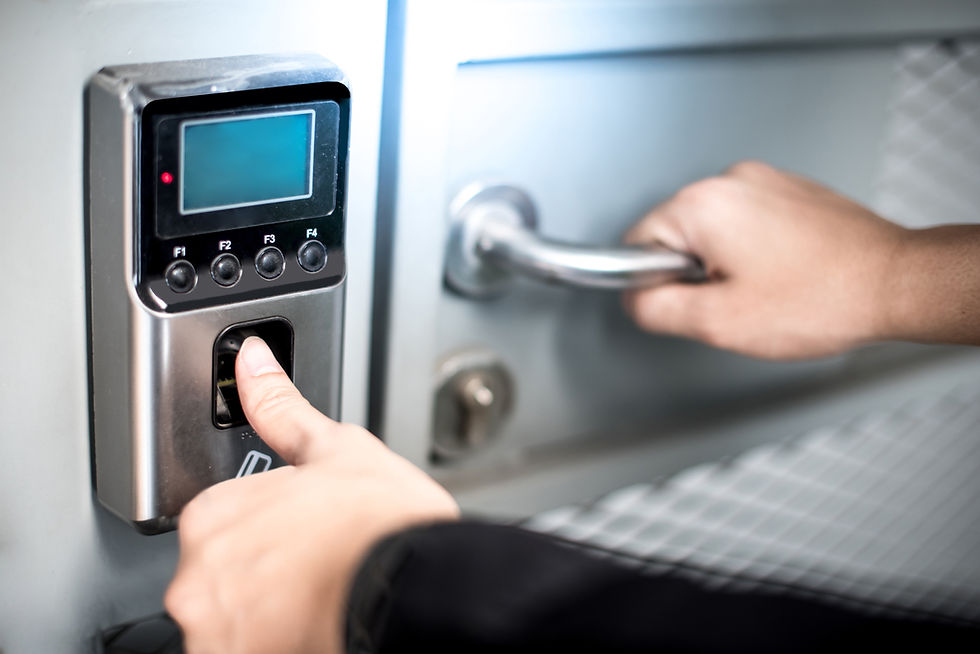Protect Yourself from Phishing Scams: Beware of the Latest Fake Security Alert Tactics
- Quenten Grasso

- Aug 19, 2024
- 3 min read
G'day There, Phishing attacks are becoming more tricky by the day. One of the latest tricks cybercriminals use involves faking security alerts to create panic and trick you into handing over your login details. Let’s explain how this scam works and how to protect yourself from falling victim.
How the Scam Unfolds
It all starts with an SMS or email that looks like it’s coming from one of your service providers. The message might say, “An attempt was made to log into your account. Was this you?” To make it seem legitimate, the scammer might even include a fake Multi-Factor Authentication (MFA) code, just like what you’d expect from a real service.
Before you have time to react, another message, claiming that the login attempt was successful, appears. Here’s where it gets even trickier—they’ll say the login happened at some random location, like a fake doctor’s appointment at a local clinic. Naturally, this raises alarms, making you think someone has breached your account.
Then comes the kicker: they provide a link urging you to click it to either cancel or review the login or appointment. Fear and urgency have set in at this point, and many people will click without thinking. But that link takes you to a fake website that steals your username and password. Using the same or similar passwords across different sites can quickly escalate into a much bigger security issue.
Why This Scam Works
This scam plays on fear and urgency. It’s not just some vague phishing attempt asking for your details—it feels immediate and real. We all want to protect our accounts, so when we’re told someone’s hacking into them, the instinct is to act fast. That’s exactly what the attackers are counting on.
You're especially vulnerable if you reuse the same passwords for multiple accounts (which many of us do). Once attackers get your login details from one site, they can access all your accounts.
How a Password Manager Can Protect You
A password manager is one of the best ways to protect yourself from this type of phishing attack. Here’s why it works:
Unique Passwords for Every Account: A password manager generates and stores unique passwords for each of your accounts. Even if one account is compromised, the others remain secure.
No More Password Reuse: Many people reuse passwords because they’re hard to remember. But with a password manager, that’s no longer an issue. You can have a different password for each account without the hassle of remembering them all.
Protection Against Phishing Sites: A good password manager will only autofill your credentials on legitimate sites. If it doesn’t recognize the website, it won’t fill in your login details, giving you a heads-up that something’s not right.
In Conclusion
Phishing scams like this one are clever, but you can stay ahead by being cautious. Whenever you receive a message or email that urges you to act quickly, take a moment to pause and verify the details before clicking any links. If you’re not already using one, a password manager is an easy way to add protection to your accounts and avoid phishing traps.
Keep your passwords unique, stay alert, and don’t let cyber criminals catch you off guard. Don't Delay; talk to us today at Q10 Systems. We can help you secure your business. Let's get started.




